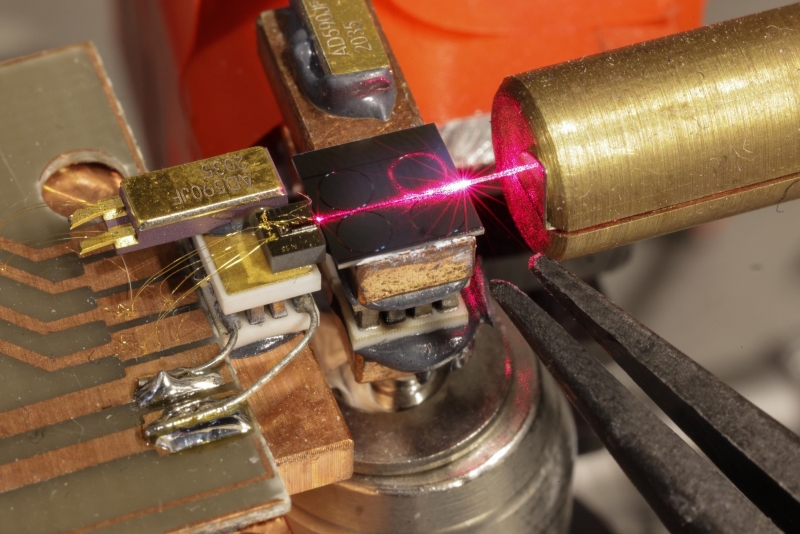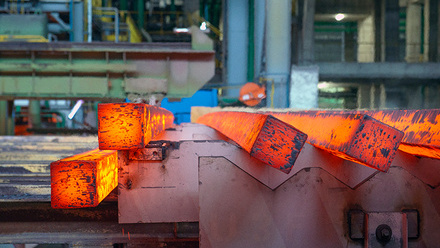Hybrid device improves laser technology
A hybrid device that enhances the performance of semiconductor lasers while enabling the generation of shorter wavelengths has been developed by EPFL researchers.

This work, led by Professor Camille Brès and postdoctoral researcher Marco Clementi, has developed a chip-scale laser source that represents an advance in the field of photonics, with implications for telecommunications, metrology and other high-precision applications.
The study, published in the journal Light: Science & Applications, details how the PHOSL researchers, in collaboration with the Laboratory of Photonics and Quantum Measurements, have integrated semiconductor lasers with silicon nitride photonic circuits containing microresonators.
This integration results in a hybrid device capable of emitting highly uniform and precise light in both near-infrared and visible ranges, filling a technological gap.
The team's approach involves coupling commercially available semiconductor lasers with a silicon nitride chip. This tiny chip is created with industry-standard, cost-efficient CMOS technology.
The light from the semiconductor laser flows through microscopic waveguides into extremely small cavities, where the beam is trapped.
These cavities, called micro-ring resonators, are reportedly intricately designed to resonate at specific frequencies, selectively amplifying the desired wavelengths while attenuating others, thereby achieving enhanced coherence in the emitted light.
The other reported achievement is the hybrid system’s ability to double the frequency of the light coming from the commercial semiconductor laser— enabling a shift from the near-infrared spectrum to the visible light spectrum.
The relationship between frequency and wavelength is inversely proportional, meaning that if the frequency is doubled, the wavelength is reduced by half.
These shorter wavelengths are achieved when the trapped light in the cavity undergoes a process called all-optical poling, which induces what is known as second-order nonlinearity in the silicon nitride.
Silicon nitride does not normally incur this specific second order nonlinear effect, and the team reportedly performed an engineering feat to induce it.
‘Semiconductor lasers are ubiquitous in modern technology, found in everything from smartphones to fiber optic communications. However, their potential has been limited by a lack of coherence and the inability to generate visible light efficiently,’ says Professor Brès.
‘Our work not only improves the coherence of these lasers but also shifts their output towards the visible spectrum, opening up new avenues for their use.’
One of the most promising applications of this technology is in metrology, particularly in the development of compact atomic clocks.






